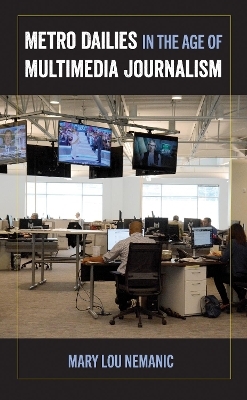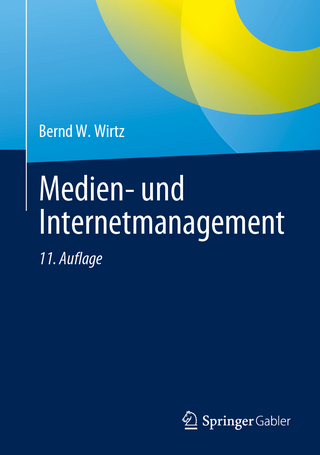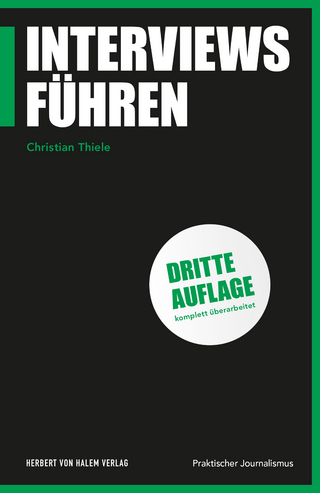
Metro Dailies in the Age of Multimedia Journalism
Seiten
2020
Temple University Press,U.S. (Verlag)
978-1-4399-1677-3 (ISBN)
Temple University Press,U.S. (Verlag)
978-1-4399-1677-3 (ISBN)
Shows how daily metro newspapers can continue to survive in the age of digital journalism
The death of the daily newspaper in the internet age has been predicted for decades. While print newspapers are struggling from drops in advertising and circulation, their survival has been based on original reporting. Instead of a death knell, metro dailies are experiencing an identity crisis—a clash between traditional print journalism’s formality and detail and digital journalism’s informality and brevity.
In Metro Dailies in the Age of Multimedia Journalism, Mary Lou Nemanic provides in-depth case studies of five mid-size city newspapers to show how these publications are adapting to the transition from print-only to multiplatform content delivery—and how newsroom practices are evolving to address this change. She considers the successes when owners allow journalists to manage their newspapers—to ensure production of quality journalism under the protection of newspaper guilds—as well as how layoffs and resource cutbacks have jeopardized quality standards.
Arguing for an integrated approach in which print and online reporting are considered complementary and visual journalism is emphasized across platforms, Nemanic suggests that there is a future for the endangered daily metro newspaper.
The death of the daily newspaper in the internet age has been predicted for decades. While print newspapers are struggling from drops in advertising and circulation, their survival has been based on original reporting. Instead of a death knell, metro dailies are experiencing an identity crisis—a clash between traditional print journalism’s formality and detail and digital journalism’s informality and brevity.
In Metro Dailies in the Age of Multimedia Journalism, Mary Lou Nemanic provides in-depth case studies of five mid-size city newspapers to show how these publications are adapting to the transition from print-only to multiplatform content delivery—and how newsroom practices are evolving to address this change. She considers the successes when owners allow journalists to manage their newspapers—to ensure production of quality journalism under the protection of newspaper guilds—as well as how layoffs and resource cutbacks have jeopardized quality standards.
Arguing for an integrated approach in which print and online reporting are considered complementary and visual journalism is emphasized across platforms, Nemanic suggests that there is a future for the endangered daily metro newspaper.
Mary Lou Nemanic is an Associate Professor in Communications at Penn State University-Altoona. She is the co-founder/co-director of Documentary America, and the author of One Day for Democracy: Independence Day and the Americanization of Iron Range Immigrants and co-editor of Cultural Production in Virtual and Imagined Worlds.
| Erscheinungsdatum | 14.03.2020 |
|---|---|
| Zusatzinfo | 18 halftones, 1 line drawing |
| Verlagsort | Philadelphia PA |
| Sprache | englisch |
| Maße | 133 x 216 mm |
| Themenwelt | Literatur ► Essays / Feuilleton |
| Schulbuch / Wörterbuch ► Wörterbuch / Fremdsprachen | |
| Sozialwissenschaften ► Kommunikation / Medien ► Journalistik | |
| Sozialwissenschaften ► Kommunikation / Medien ► Medienwissenschaft | |
| Wirtschaft | |
| ISBN-10 | 1-4399-1677-2 / 1439916772 |
| ISBN-13 | 978-1-4399-1677-3 / 9781439916773 |
| Zustand | Neuware |
| Haben Sie eine Frage zum Produkt? |
Mehr entdecken
aus dem Bereich
aus dem Bereich


